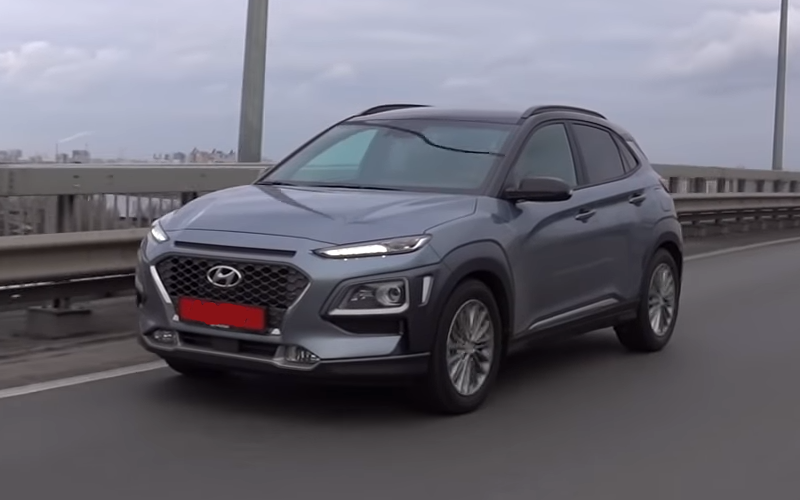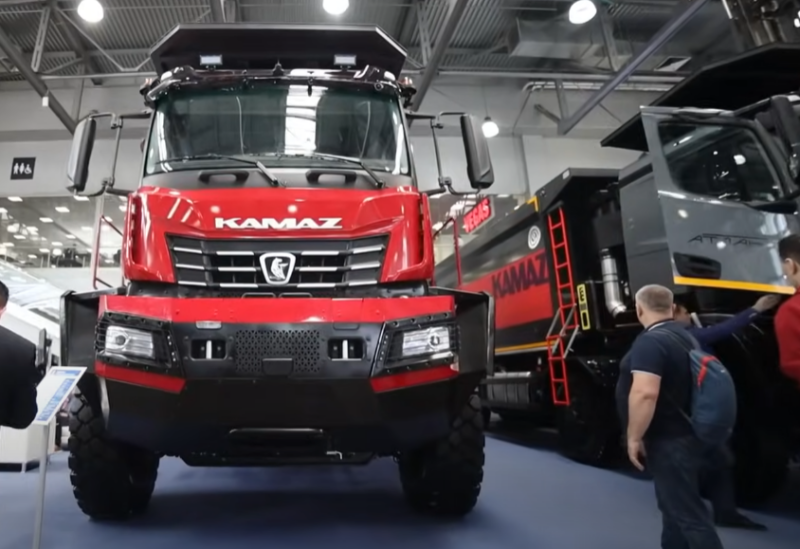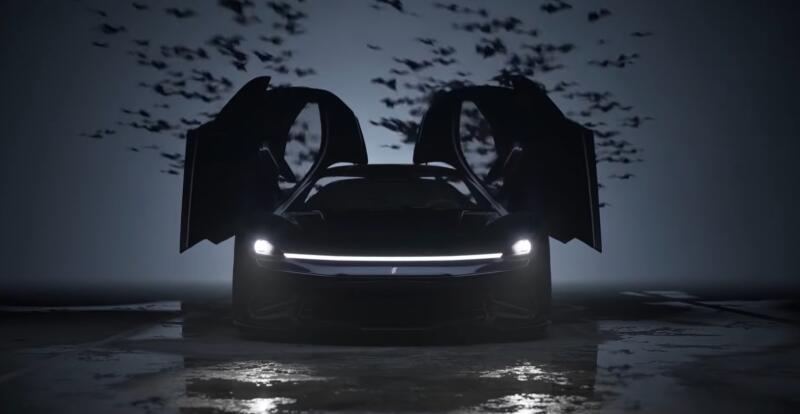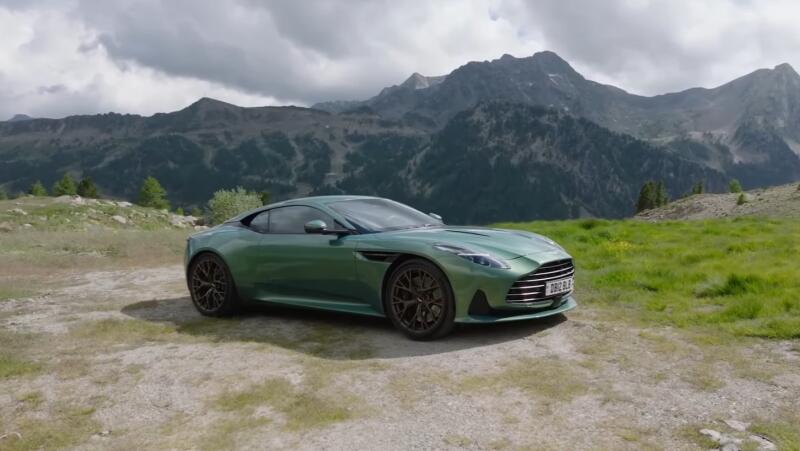In Hyundai's crossover lineup, this model occupies a place between the Venue or Bayon and the Tucson. In Portugal this car is known as Kauai, in China - Echino. The Kona's closest competitors include the Kia Niro, Honda HR-V, and Mazda CX-30. In this article, we will look at the changes that have occurred with the 2024 crossover, as well as its design, interior features, disadvantages and weak points of engines.
What's new?
The Kona, despite its compact size, has a spacious interior. Hyundai has updated the design of the 2024 crossover, adding more rear legroom, new electronic safety systems, a host of standard and optional features, and increased trunk space. You could say the Kona has become more mature, with refined lines and an elegant interior.
The headlights are connected at the front by a thin strip of light, and a similar one is located at the rear. Some side surfaces are reminiscent of the design of the Ioniq 5. Inside, two 12,3-inch tablets form a digital display on the uncluttered horizontal dashboard.
The performance of the 1,6-liter turbocharged engine produces 190 hp. With. and the 8-speed automatic transmission are sufficient for city driving, although there is some delay in sudden acceleration. During the trip, the Kona Electric demonstrates good handling compared to gasoline versions. The low center of gravity provides the crossover with better road grip and a smooth ride.
 New 2024 Hyundai Kona. in a gray body. Photo: YouTube.com
New 2024 Hyundai Kona. in a gray body. Photo: YouTube.comThe real change to the second-generation Kona is that the body is 15cm longer and the wheelbase is 6cm longer. This allowed for increased rear seat legroom and cargo volume. Compared to its competitors, the Kona is a crossover with almost the shortest but widest body. This model has a wide range of standard active safety features, including automatic emergency braking, lane control, and blind-spot monitors.
Style and exterior
The crossover received refined lines, which are typical for larger and more expensive models, and elegant interior trim. This model is surrounded by light strips. The body's angular lines are reminiscent of the Ioniq 5. The Kona's signature huge wheel arches are painted black, albeit in a softer shade.
 Inside the compact crossover Hyundai Kona. Photo: YouTube.com
Inside the compact crossover Hyundai Kona. Photo: YouTube.comThe Electric version has even more LED headlights. The front section with the door for the charging port is located just below the opening in the hood. There's still a lot of black plastic inside the Kona, but the quality of materials in the updated interior is an order of magnitude higher than those used in its predecessor. By the way, the electric version was the only one that, in addition to the standard six body colors, offered silver-blue Meta Blue.
Power and performance
The power of the 1,6 liter internal combustion engine is 190 hp. With. (at 6000 rpm), but in most cases acceleration takes a while as the turbo spools up while the transmission shifts down three gears. This is the result of tuning the car to run at low speeds to meet increasingly stringent fuel economy requirements while maintaining acceleration ability.
The electric version, on the other hand, provides instant power from the first press of the gas pedal, just like any other EV. There is no point in comparing the acceleration of Kona with the same Tesla, but still. Power delivery is consistent and linear, and acceleration occurs without revving the engine or changing gears multiple times.
The Kona's handling and road manners are confident, but not sporty. The premium 19-inch alloy wheels on the Limited trim grip corners well but can transmit tire noise on some surfaces. The best way to describe the on-road driving experience is that it's unremarkable, neither bad nor good.
The N-Line sport trim has no mechanical differences from the Limited model with the same powertrain. The Hyundai Kona can be had with all-wheel drive. When purchased from a dealer, this feature can be added to each gasoline trim level for $1500. All-wheel drive is not available for the Electric version.
What's in the salon?
There's plenty of room in the back, although the front seats can be moved back so far that the 1,8m driver can't reach the pedals. The Limited trim level includes power-adjustable seats with two-way lumbar support. The rear seat cushion is average in size for the class, but the backrest offers a reclining feature that not every small SUV has.
 Shift knob for 2024 Hyundai Kona. Photo: YouTube.com
Shift knob for 2024 Hyundai Kona. Photo: YouTube.comIn typical Hyundai fashion, the digital gauges are clear and the entire dashboard, with a pair of horizontal monitors on top models, is clean, modern and simple. There's plenty of storage space in the cabin, and the drive selector is similar to those found on some VWs and BMWs.
The build quality can be called first-class, and only the predominance of hard plastic distracts from the feeling of solidity. According to some car owners, the manufacturer could have used more soft surfaces in crossovers at this price.
Engines and their weak points
G4FP is a 1,6-liter gasoline engine paired with an automatic or robotic gearbox. Due to the fact that the internal combustion engine is quite new (in use since 2020), this makes it difficult to assess its durability and potential problems. The reliability of CVVD is unknown, but there is definitely a risk of oil starvation of the turbine, which will lead to increased wear and plaque formation. The direct fuel injection system used in the G4FP is prone to carbon deposits on the intake valves. This may result in reduced power and poor engine performance.
G4LE is a hybrid engine, which is also used on the KIA Niro and Hyundai Ioniq. Engines from the first years of production were subject to recall due to a problem with antifreeze getting onto the EPCU board. Like all engines with direct fuel injection, the G4LE is susceptible to carbon deposits on the intake valves. Some owners experience wear on the timing chain after 200 km. The main problem with the G000LE is the limited selection of spare parts.
 Under the hood of the Hyundai Kona crossover. Photo: YouTube.com
Under the hood of the Hyundai Kona crossover. Photo: YouTube.comAnother engine - G4NH - is also installed on Tucson, Elantra, KIA Soul. This motor belongs to a line of particularly economical units. Most of the negative reviews about the G4NH are related to the “glitches” of the electrical part. These could be problems with sensors, engine control electronics, or wiring. Some Kona owners experience engine overheating due to thermostat failure. The problem will cause serious damage to the engine if not corrected in time. Cases of internal combustion engine wedges after a drop in lubricant level are described on specialized forums. These units use oil jets to cool the pistons, helping to avoid the scuffing problems that plagued some previous Hyundai engine models.
Prices
Crossovers produced in 2018-2020 cost around 1,8-2 million rubles. Depending on the condition and region, you can find cheaper options. For a new car 2023-2024. with minimal or no mileage you will have to pay 3,5-3,7 million rubles.
Hyundai Kona is a good compact crossover, but it’s too early to judge its weak points. Since it is not officially sold in the Russian Federation, problems may arise with finding spare parts. If you are interested in cheaper Odnoklassniki, pay attention to Lifan X70, Geely Emgrand X7, Nissan Qashqai 2, Chery Tiggo 5.










